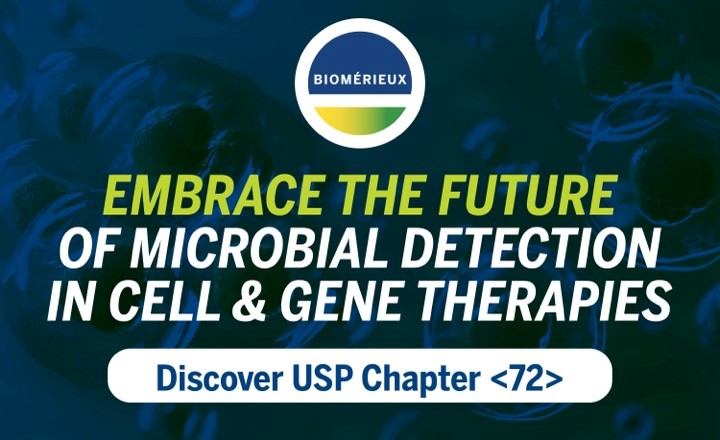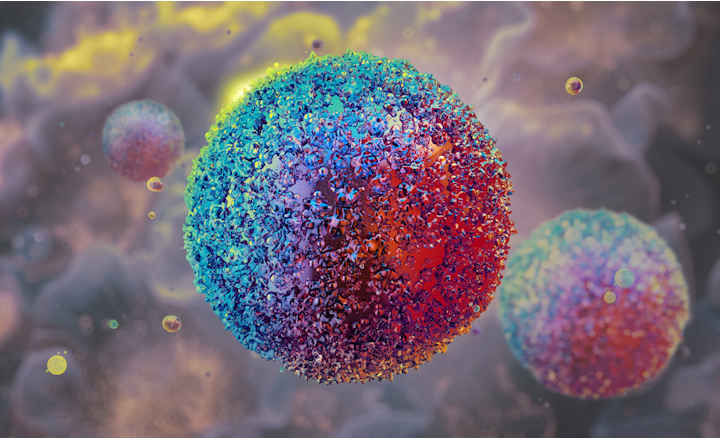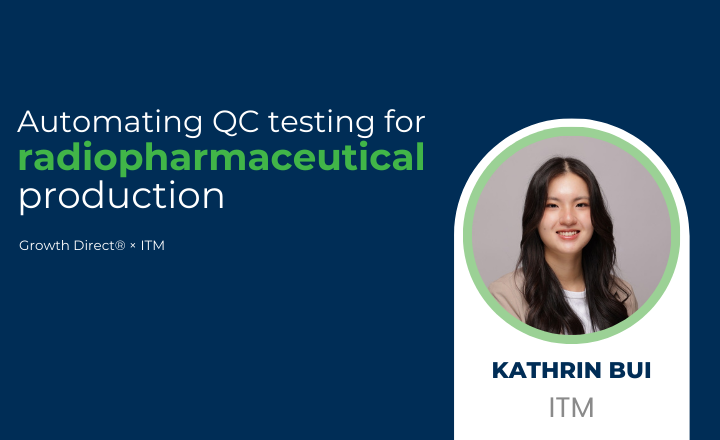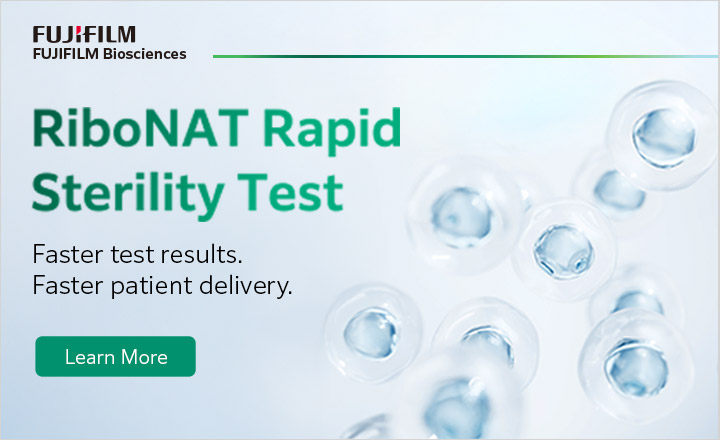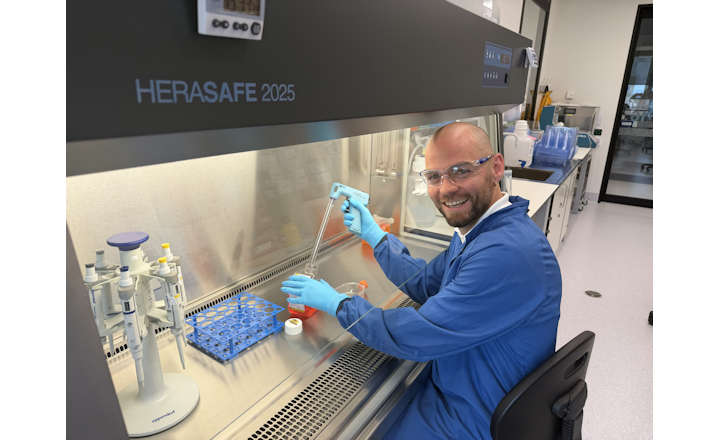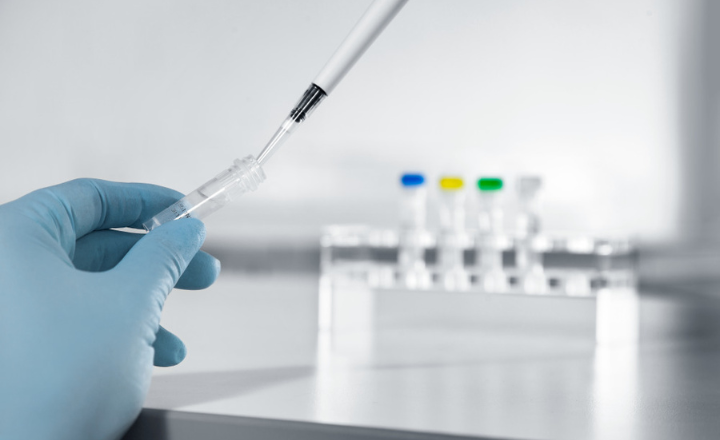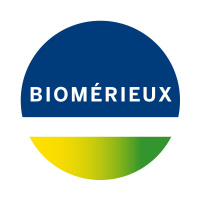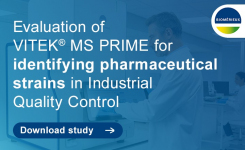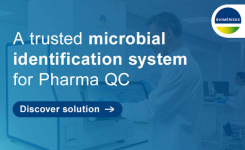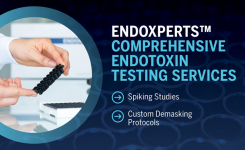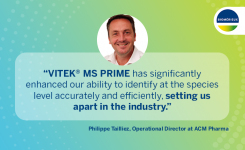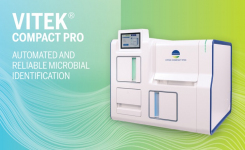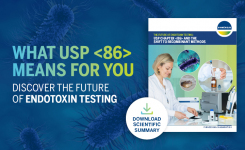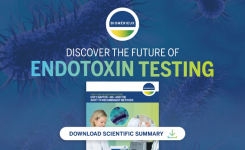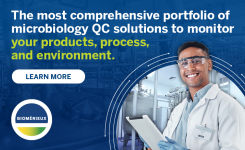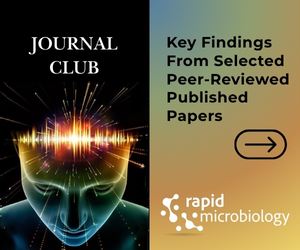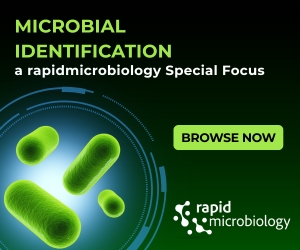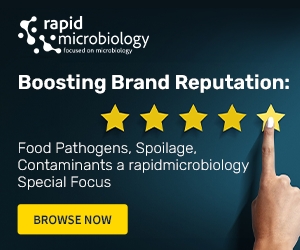Automated growth-based methods have long been utilized to test microbial contamination across a diverse range of pharmaceutical products, including cell and gene therapy products. Due to their short shelf life, these innovative products must be administered promptly and tested for microbial contamination to ensure patient safety.
Recognizing the need for rapid microbiological methods, the United States Pharmacopeia (USP) has published a new chapter, USP <72>, which focuses on respiration-based microbiological methods for detecting contamination in short shelf-life products. This chapter represents a significant advancement in championing rapid methods, which are widely recognized for their reliability and ability to deliver timely, actionable results.
Respiration-based microbiological methods, as described in USP <72>, offer several advantages over both traditional sterility testing and ATP-based methods, including:
- Continuous real-time contamination monitoring for early alerts
- Automated and closed workflow to reduce manual steps, human errors, and contamination risks optimizing traceability and data integrity compliance
- Shorter time-to-result allowing faster release of short shelf-life products
- Automated reading for objective and consistent test results
BACT/ALERT® 3D, bioMérieux’s automated respiration-based method referenced in USP <72>, can detect contamination in as little as four days.
To learn more about BACT/ALERT® 3D and how the solution can help empower manufacturers to provide faster, more efficient, and reliable microbial testing, click here
To further explore the impact of USP <72>, visit our website


